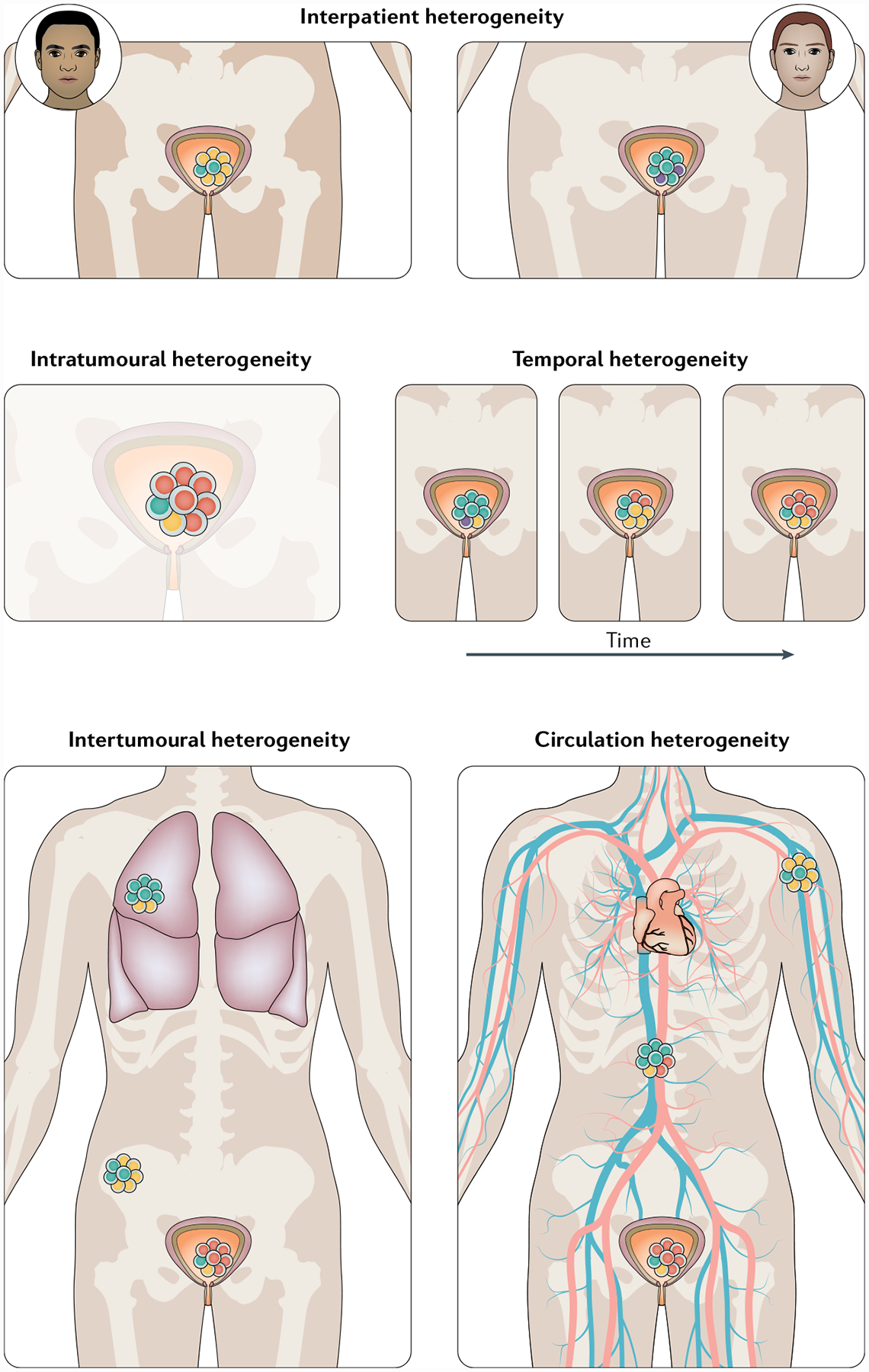Fig. 1 |. Different types of heterogeneity found in bladder cancer.

Bladder tumours can vary in morphology, gene expression profile and mutations. This heterogeneity exists not only between patients (interpatient heterogeneity) but also within the same patient, where subclassifications can be made. Intratumoural heterogeneity describes variations between regions of one tumour and can be affected or caused by clonality, immune cell infiltration and the tumour microenvironment. Differences between multiple tumours and/or metastases within one patient are termed intertumoural heterogeneity. Heterogeneity can also change over time and during treatment (temporal heterogeneity). Finally, differences can also exist between tissue-based tumour markers and circulating markers (circulation heterogeneity) and can be assessed by comparing data from tumour deposits with those from liquid biopsy approaches.
